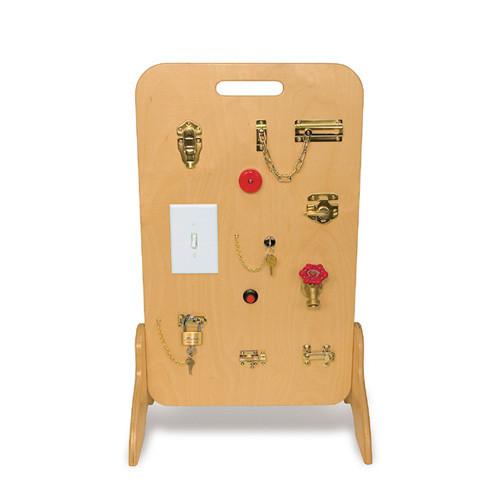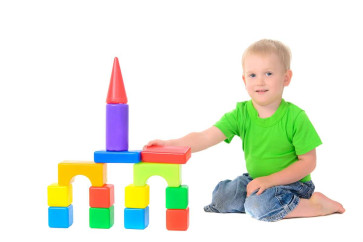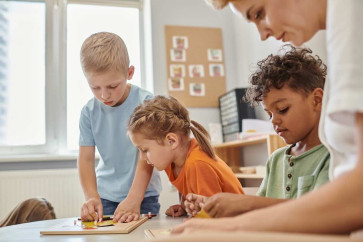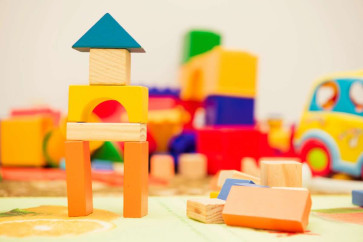Oh, the five senses, sight, sound, smell, taste, and touch. They help us navigate through our daily life and gather information about our environment. Our brain processes the data and produces information. That ability of our brain is called Sensory Skill.
Besides the five basic senses, the human body can also detect and process movements. There are two types of bodily systems that maintain information about actions; the vestibular and the proprioceptive senses. That is a mouthful but stick with me as I explain them further. I promise you that by the end, they’ll just roll off your tongue as easily as Mississippi. Here we go. The vestibular sense helps maintain body balance and coordinate movements of the eyes. It also manages and controls the organs inside the ear. The proprioceptive sense, on the other hand, provides information about the position of the body. Skin, muscles, and joints are the organs that handle proprioception.
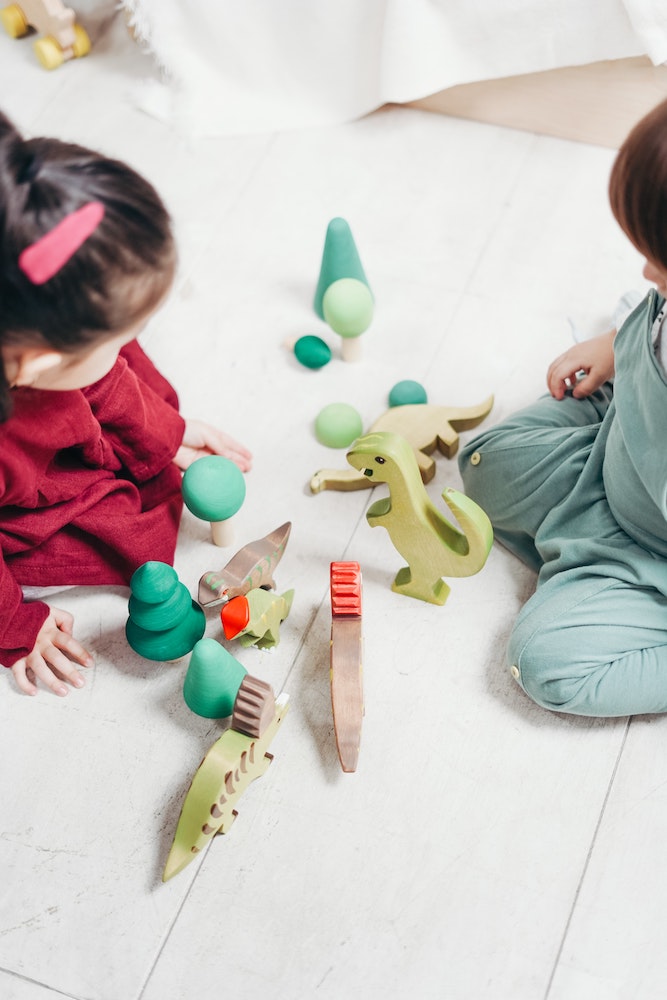
So, being able to use our sensory skills is crucial. Our senses help maintain our bodily balance and movements. They also act as the building blocks for our cognitive development. They help by developing complex skills such as language, social interaction, and problem-solving skills. You should realize by now that not developing your sensory skills can lead to developmental or cognitive delays.
As a parent, you’ve got to ensure the proper development of sensory skills in your child. You can plan and engage your child in sensory development activities. What are these? These are activities that are specifically targeted at aiding children to learn and polish their sensory skills. Through engaging in sensory play activities, children’s exposure grows. This way, they learn about different materials and their properties.
So how can you do this? Here are six sensory play activities that you can engage your child in:
Sensory Boards
Sensory boards are a great tool to help enhance your child’s sense of touch. With the help of glue, you can paste different types of materials such as a piece of sponge, a piece of sandpaper, a piece of silk fabric, a piece of felt fabric, a piece of cotton, a couple of stones, and a wired dishwashing sponge, on a sheet-like surface or a board. This will allow your child to touch and distinguish between different textures; soft, rough, smooth, squishy, and hard.
You can also improvise by adding items that can help your child distinguish between materials that have different temperatures. For example, you can take two beakers and add ice to one beaker. In the other beaker, you can add lukewarm water. Have your child dip his/her hands in each cup, one by one. This will help your child to differentiate between the sensation of touching hot and cold items.
Sensory boards can also include keypads, door handles, bolts, fidget spinners, switches and buttons, an abacus, a xylophone, a zipper, and a lid. You can place a few of these items on a board or a wall, and encourage the child to engage with these items. We often refer to such sensory panels as ‘baby busy boards’, since they can keep your child entertained for a reasonable amount of time while simultaneously improving their sensory and motor skills.
Sandboxes can also replace a sensory board by adding different items in a sandbox and having your child touch and feel the different textures of things in the box.
Sorting Games
Sensory play activities focused on developing a child’s use of sight, and visual focus includes color sorting, shape sorting, painting, playing with beads and Playdough, and many more.
You can encourage your child to sort Legos according to their color. This encourages sight-focus and eyesight development. Another way is to encourage them to paint, which helps in improving hand-eye coordination and color recognition.
You can also engage your child in sorting different colored beads and then threading them.
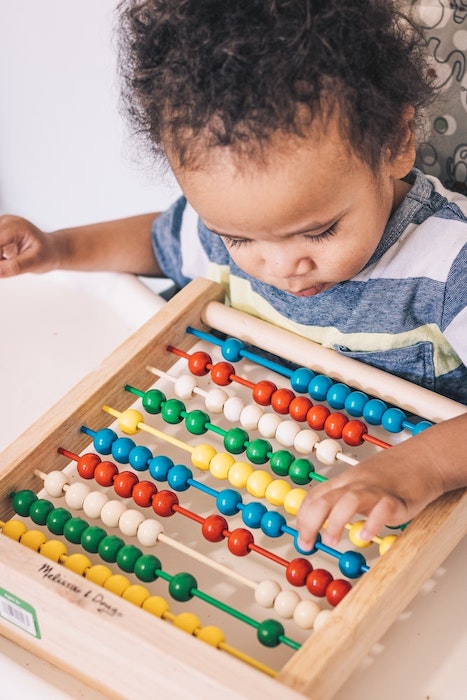
Taste Test Challenge
You and your child can engage in a taste test challenge. For this, you will require a couple of food items and a blindfold. Blindfold your child’s eyes, and one by one, have your child taste and guess the name of the food item. This would encourage your child to focus on his/her taste buds and help him or her to learn and recall the names of familiar flavors.
DIY Drum Tubes
To make these easy DIY drum tubes, you can use toilet paper rolls and things like rice, beans, stones, paper confetti, beads, and duct tape. You should fill the toilet paper rolls with these materials while securing the ends with duct tape.
You and your child can then use these drum tubes to make different music. You can also play a guessing game and ask your child to guess which tube contains what item.
Baking
You can engage your child with you in the kitchen and embark on a baking quest. You can ask your child to assist you with mixing, stirring, and decorating what you bake, for example, a cake. The different smells that your child will be exposed to will help enhance his/her sense of smell. Activities such as mixing and stirring will simultaneously help improve gross and fine motor skills, such as hand-eye coordination. You can also introduce different textures such as smooth, thick, slimy when assisting your child in making batters and doughs.
Balance Tracks
Have you ever noticed that children love to walk on narrow pavements and narrow tracks? You can use this and create DIY obstacle courses for your children using everyday items in your yard or your living room. You can use furniture, cushions, blocks, cardboard boxes, and whatever spare items you can find. Then create an obstacle course and engage your child in overcoming the obstacles and reaching the end line.
Don’t stop here. Use your imagination and plan many more activities that help engage your children. However, it is wise to keep your child’s safety in mind when choosing objects and items for planning activities.


